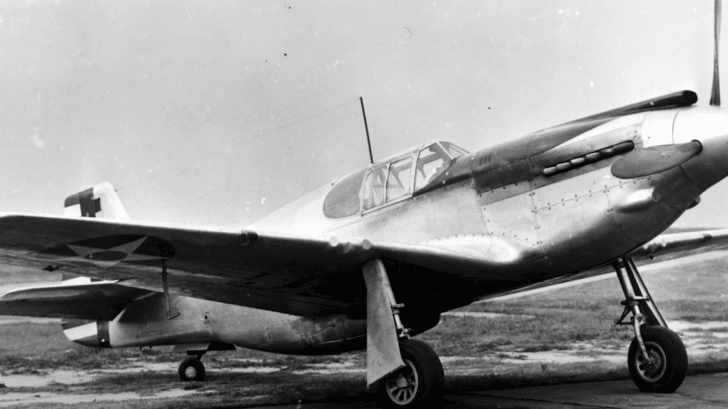These two are seen by many as some of the finest fighters of WWII. Through upgrades later in their service, both of them became formidable fighters which were feared by both sides.
But how did the Focke-Wulf 190 stack up against the North American P-51 Mustang?
Origins
The tale of these two planes that would ultimately battle it out in the skies over Europe started in the mid-1930s when a competition was held by the German Ministry of Aviation for a modern fighter to rearm the Luftwaffe.
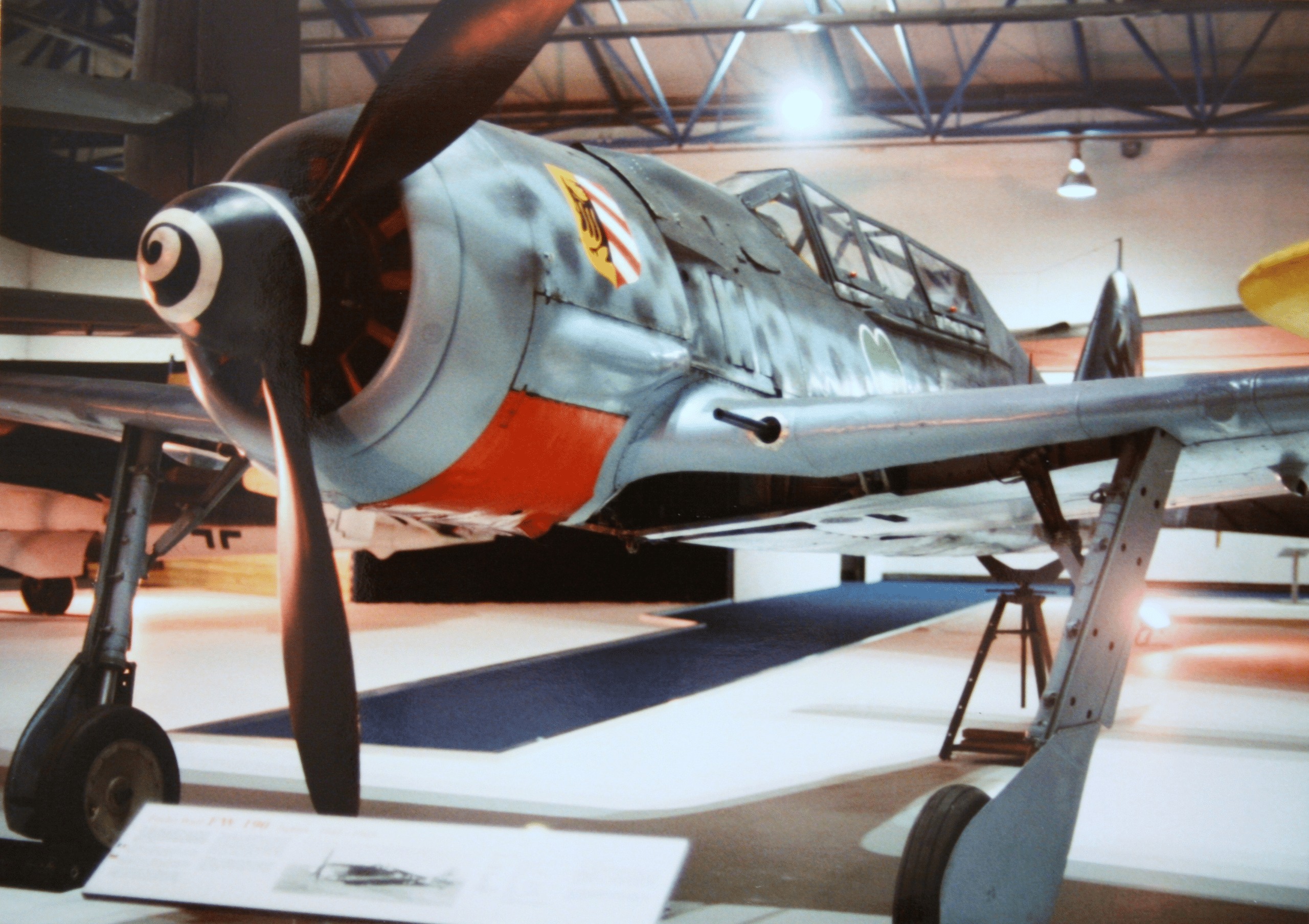
During that time, the Air Ministry was fearful that newer, foreign designs might outclass the Bf109, so they searched for an alternative backup. The result was the FW-190.
The FW-190
Design features of the plane included more armor protection, greater weapons carrying capacity, and a wider undercarriage than the Bf-109, making it more stable on takeoff and landing.
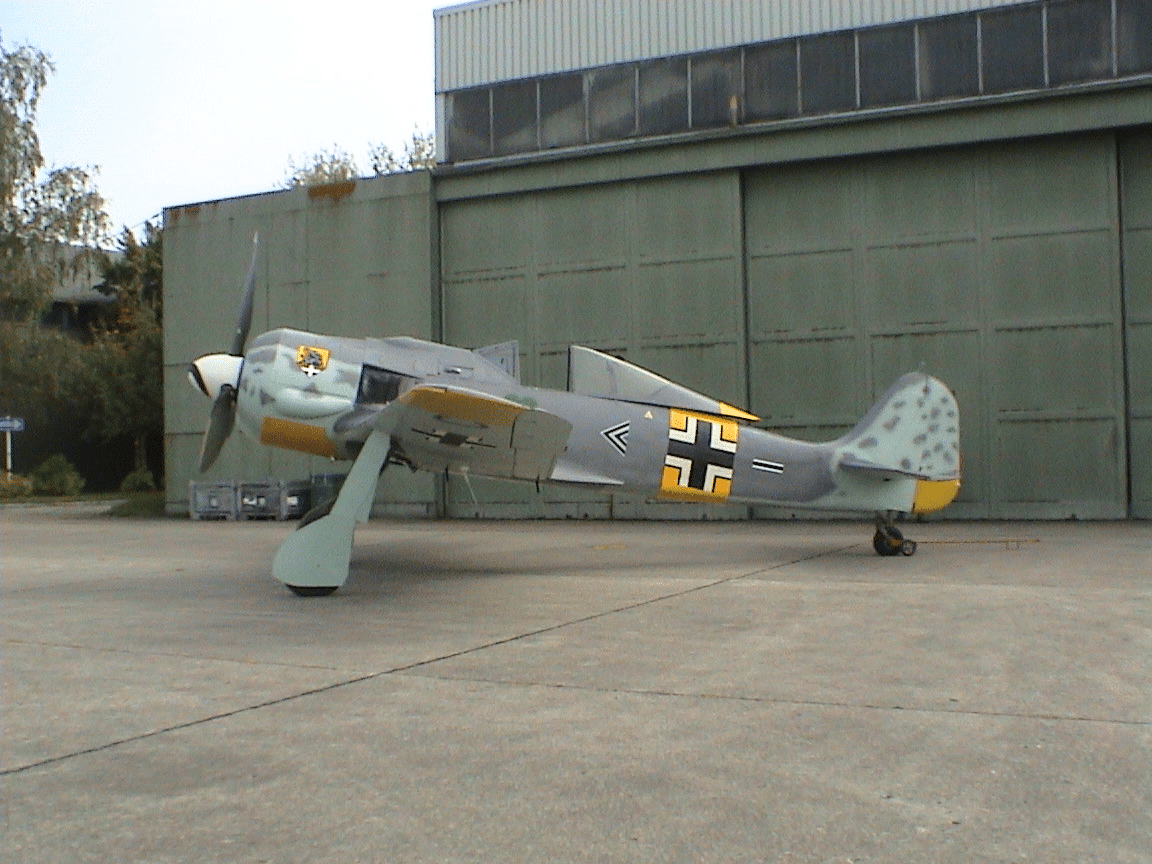
By June 1941, the FW-190A was approved for service, and in their first encounter with the RAF, they somehow outclassed the Mk. V Spitfires, shooting them down over the next couple of months.
The Birth of the P-51 Mustang
While the FW-190 and the Bf-109 dominated the skies and the RAF struggled to catch up, on the other side of the Atlantic, a plane was in development that would eventually change the course of the air war and the daylight bomber raids of the United States Army Air Force, letting them take on the Luftwaffe on equal footing- the P-51 Mustang.
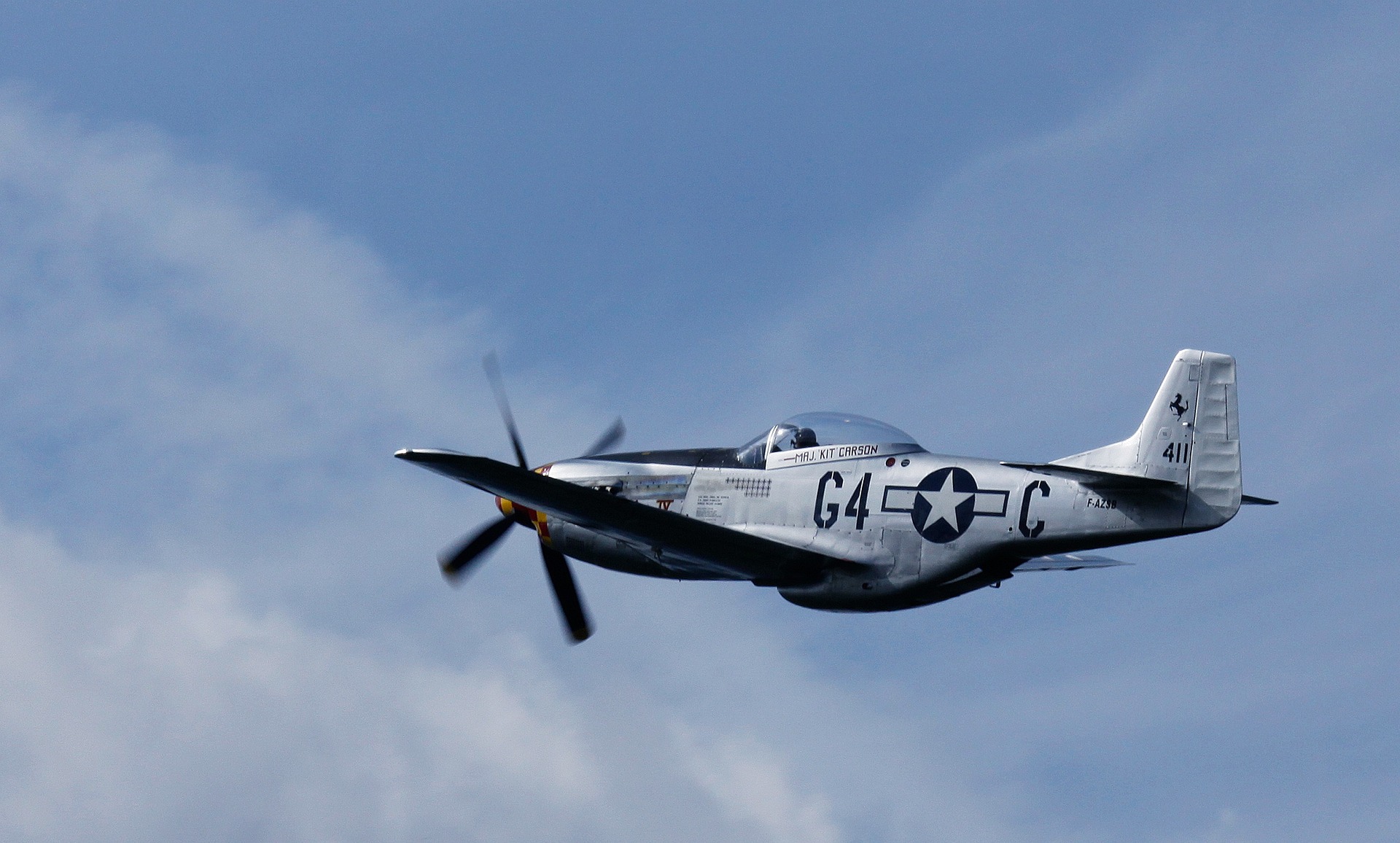
The plane did well on initial tests and with the 1200 hp Allison V12 engine, it was as fast and maneuverable as the Spitfire at a low level. It also carried twice as much fuel, had a much more greater range, and was equally well-armed. The RAF named it the Mustang Mk. 1 and used it as a tactical reconnaissance aircraft.
More of a Match
A Rolls Royce test pilot, Ronald Harker, suggested replacing the Allison V12 with the new Merlin 61 which was fitted to the Spitfire Mk. 9 and was able to outperform the FW-190. Tests showed that it transformed the Mustang Mk. 1’s performance, increasing its top speed by 80 km per hour while also increasing its flight ceiling to 42,000 feet.
The new P-51-B, C, and D models were eventually powered by the US-built Packard Merlin. It could now escort bombers to the target and back and was more than a match for existing FW-190s which struggled with its heavy armaments at the altitude where the P-51 and B-17 operated.
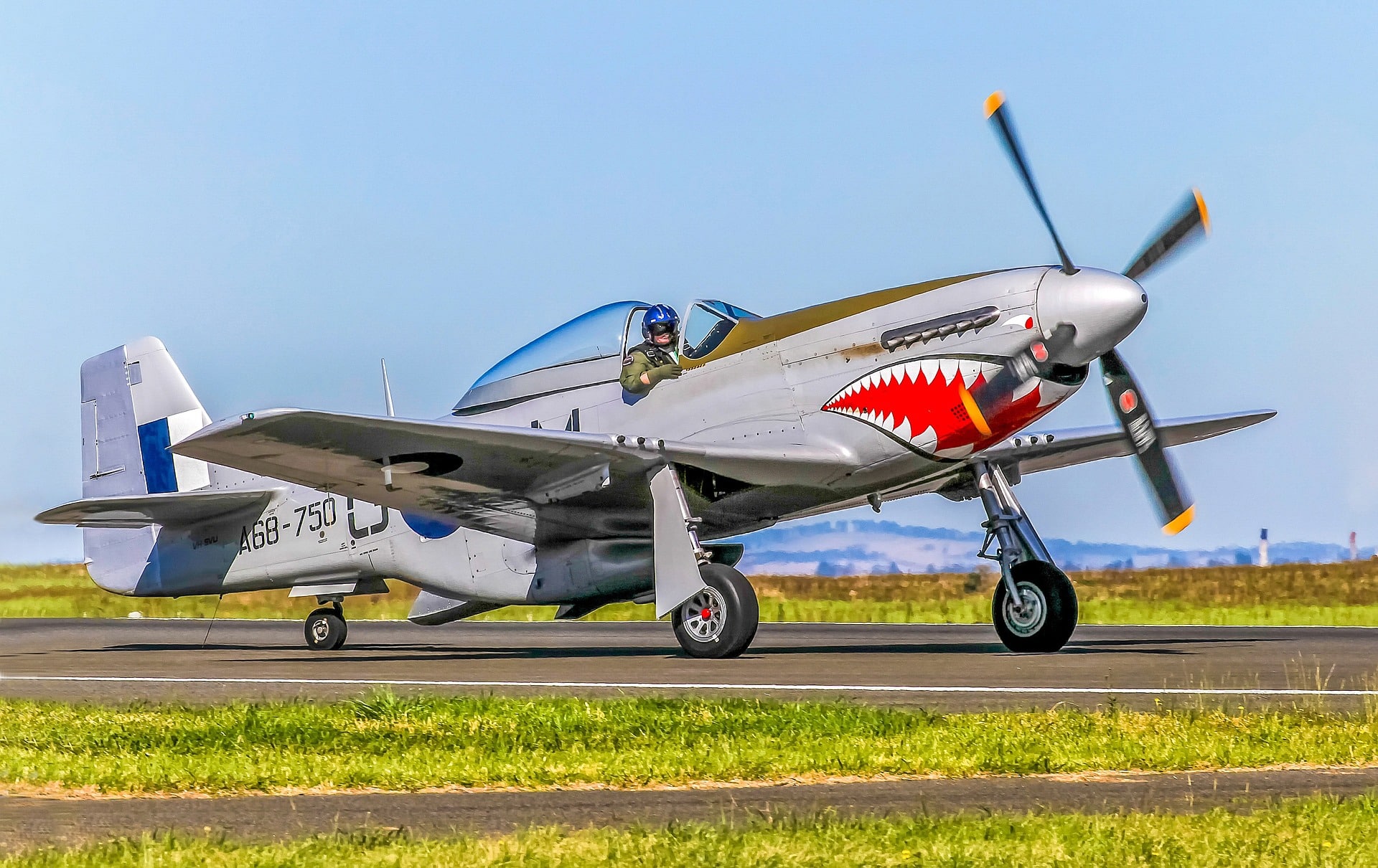
D-day came and went and the Luftwaffe was almost nowhere to be seen; The P-51 and other Allied fighters achieved air superiority, strafing German airfields in France. As the Allies advanced, the FW-190 became more of a ground attack plane.
Which Was Better?
The two had different design philosophies: The Mustang was designed with high performance at high altitude in mind and mass-produced in factories in the US with top-quality materials and a labor force safe from the fear of bombings.
Meanwhile, the FW-190 was designed to be rugged and dependable, but in the end, it was hampered by shortages of quality materials, skilled labor, skilled pilots, and poor fuel.
The last huge battle where the 190s were used in large numbers was the Battle of the Bulge. Although they shot down over a hundred Allied fighters, they were still getting shot down far quicker than they could be replaced.


